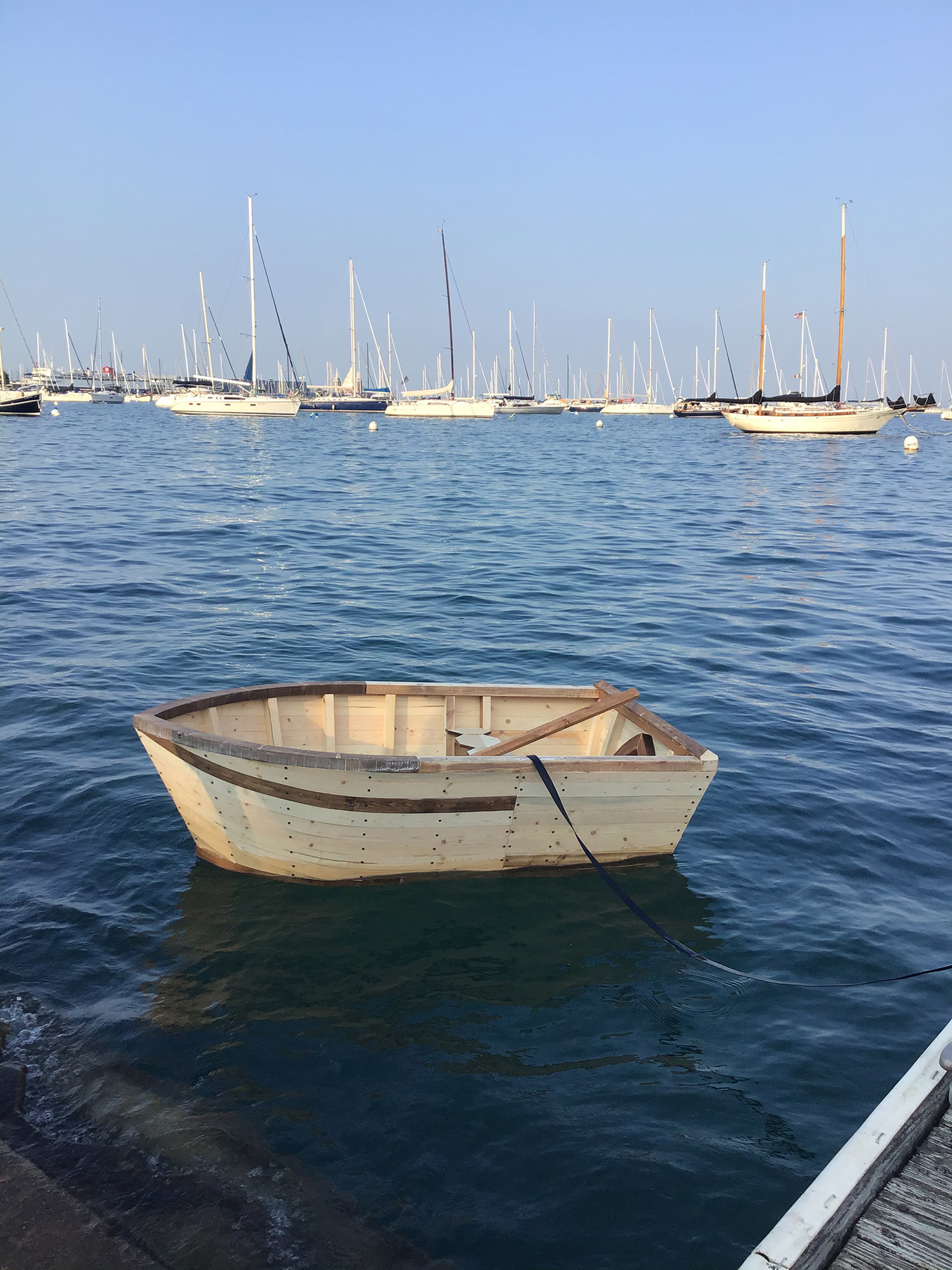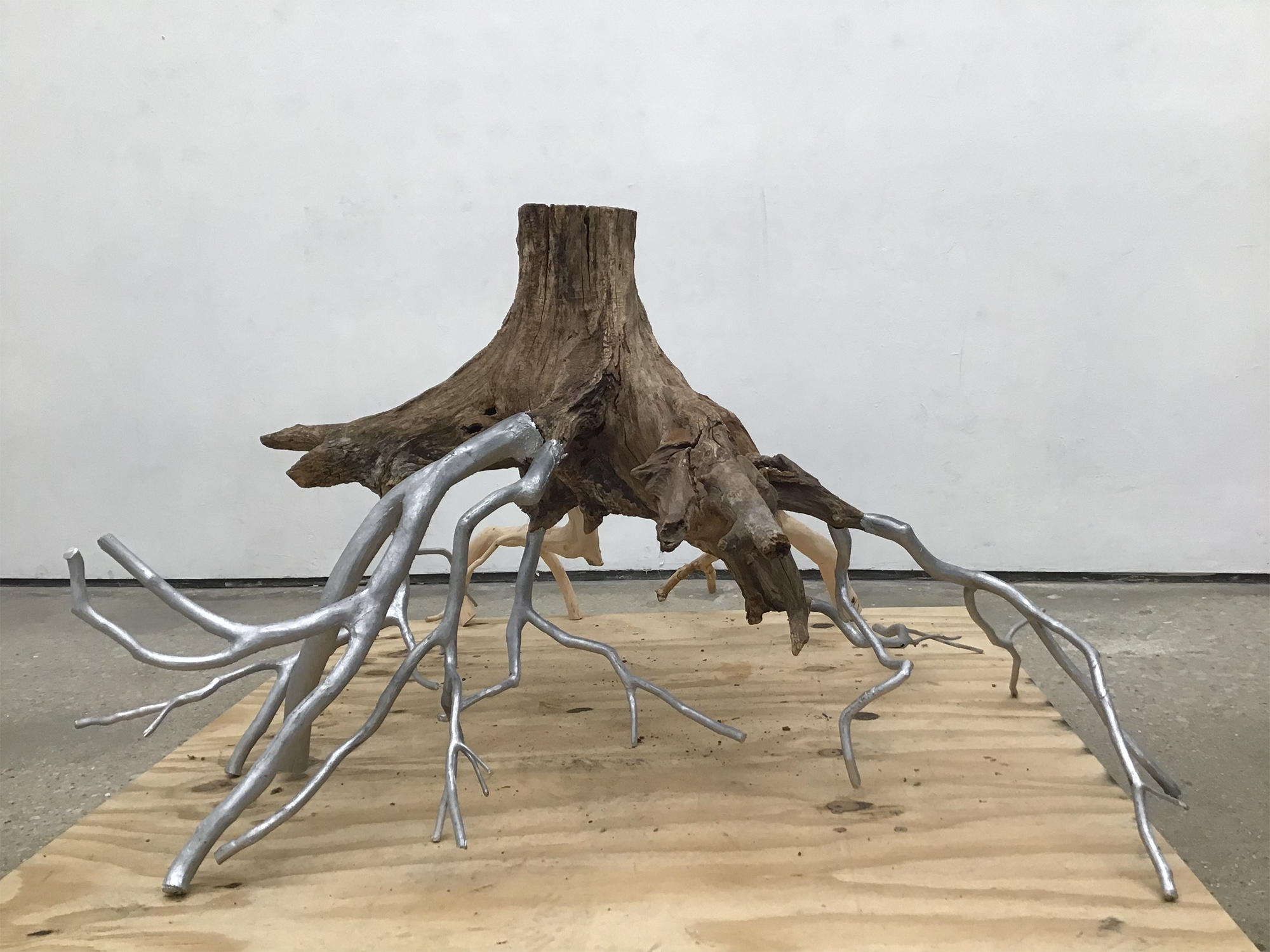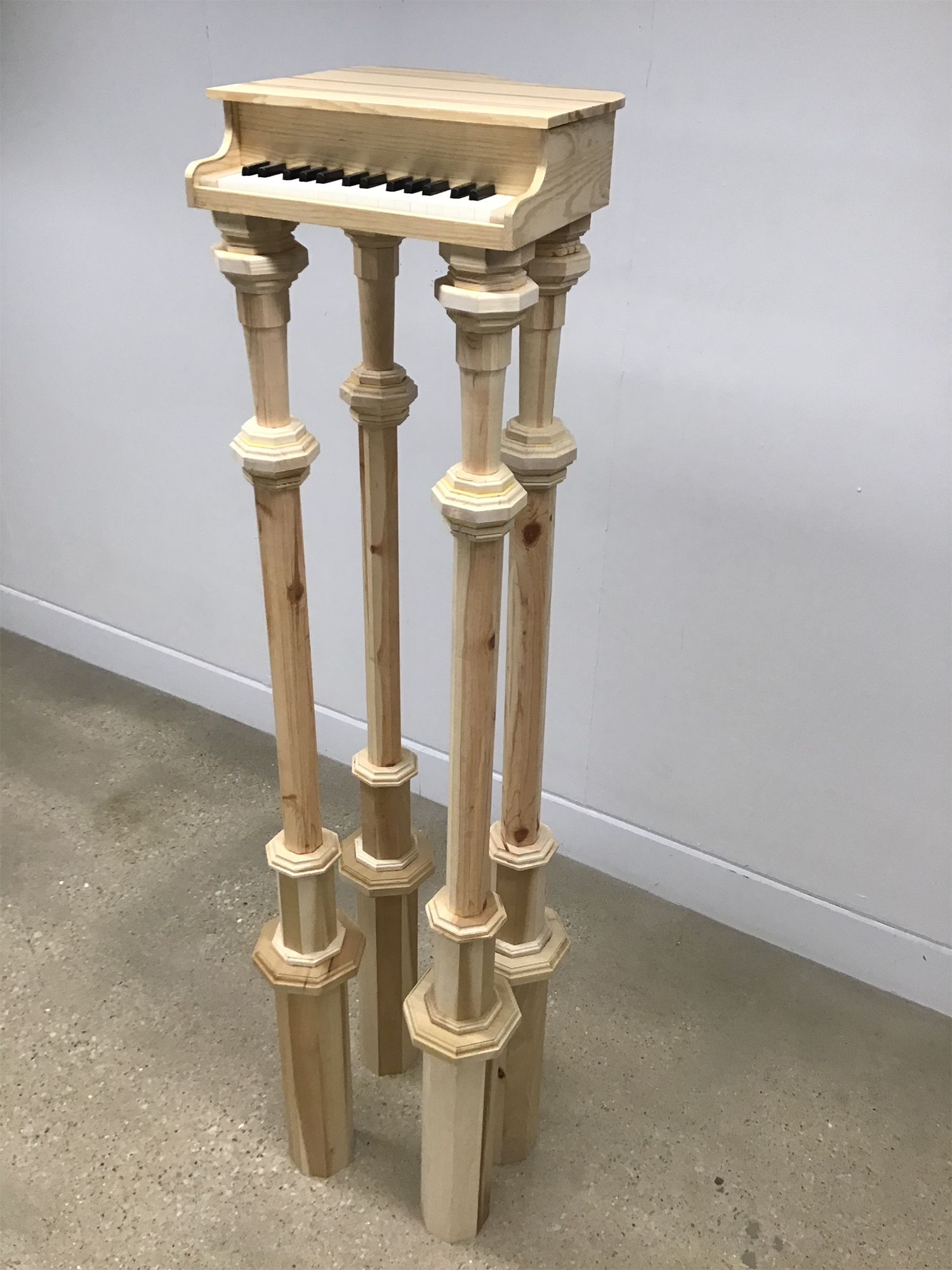Jen’s artistic practice seeks to introduce the imaginary into reality, creating a realm of increased possibility and calling into question the rational premises from which logic develops. Mementos of fictitious places acquire the role of talismans, protective amulets against the charms of consumption. The smuggled fragments infiltrate collections of ubiquitous objects, highlighting their omnipresence and demanding the observer to consider the aberration: What are its possible origins and what does it imply about the things it pretends to emulate?





Mythology is an area of continued research, its interjection into history and its parallel with dream. Fragmentary knowledge of ancient events creates the impression that the possibility of esoteric occurrence increases as time recedes into the past. Words with ambiguous translations imply the existence of concepts that have been lost to us, actions of which we are no longer capable. Many of Jen’s sculptures depict abandoned ritual sites, places whose power lies primarily in the absence of information concerning the ceremonies performed there. The omission of the figure in favor of their constructions provides a hazy narrative template, as if derived from excavated tablet fragments. Her literary background manifests itself as a continued fascination with language and its connection to memory and identity.
Over the past several years, she has centered her practice around the dual roles of mythology and science in our understanding of the universe, the negotiation between these two systems of modeling reality and their inherent complementarity. The process of transformation is representative of an ongoing exchange between paradigms of knowledge, a continuum of incremental changes without hierarchical distinctions, in which causes are also effects. Transformation of materials is not only a transition between matter and energy, but a transmission of information across generations. Reconfiguration of form is an alteration of language, a communication between inanimate substances and living consciousnesses. Throughout human history, science has supplanted myth, pushing its boundaries outside the scope of daily life. With sound as an analog for space and light as an analog for time, Jen is exploring the way we model the universe on the macroscopic and microscopic scales, where the limits of our knowledge now appear.
Her working process has a theatrical component, an embrace of the absurd, powdering pigments with a mortar and pestle, and collecting tree sap in test tubes. Substances are imbued with magical thinking and employed against expectations. She often use small components and repetitive procedures to create larger objects or groupings, like visual mantras for transcending the passage of time. Her meticulous working process is a refutation of the pace we are expected to keep, both by modern society and our own biology. She is interested in the disconnect between geologic time, the human life span, and the digital moment, which negates events entirely in favor of memories.